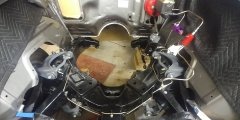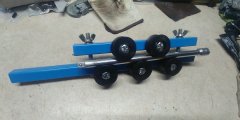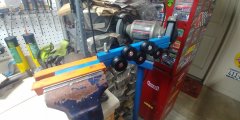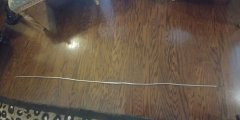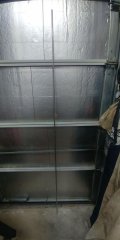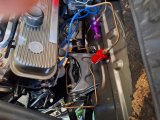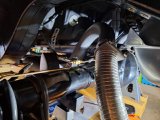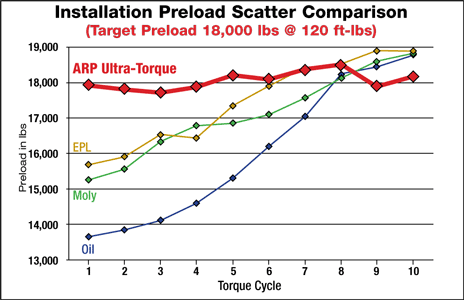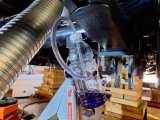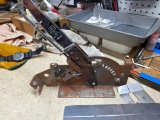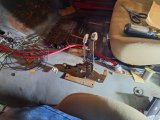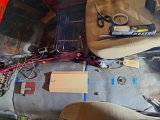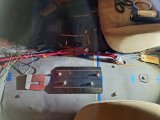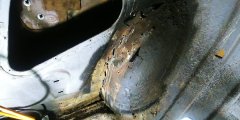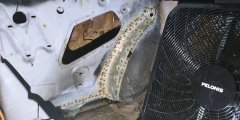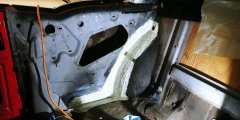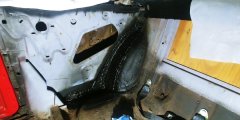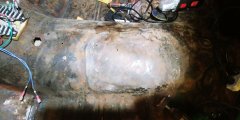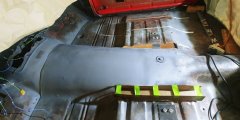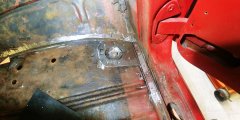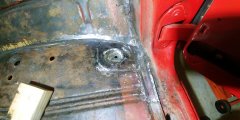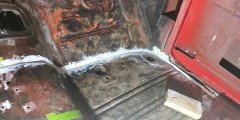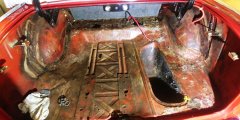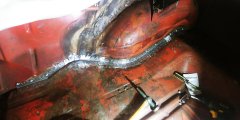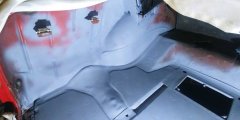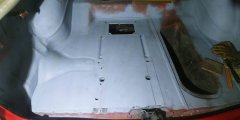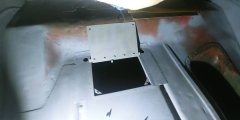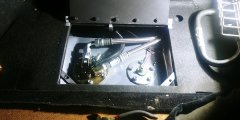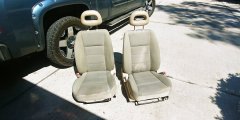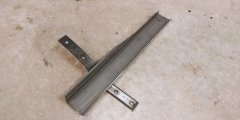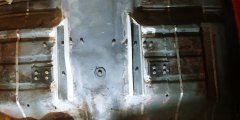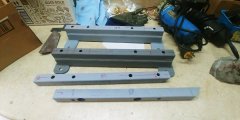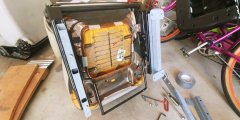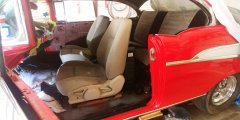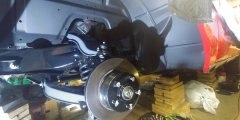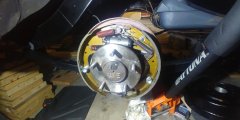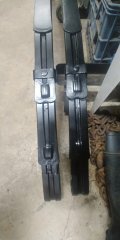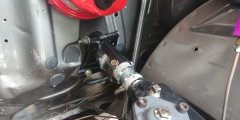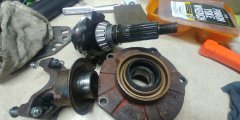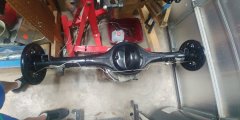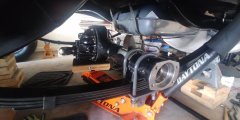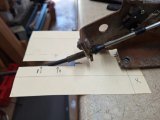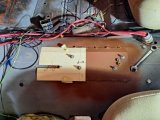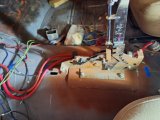think of learning as building a pyramid, each of the thousands of blocks, required to build is you trying to get something done correctly
there's a whole lot more blocks on the first layer of blocks in each lower layer of a pyramid as its built , because your make attempts that
take time and effort but don't always pay off in good results, think of those as paying your dues! those layers are composed mostly of mistakes or screw ups, but you learn not to repeat those, so each upper layer of blocks get smaller as there's less mistakes or screw ups, and more successful attempts, at the peak layers you very seldom make a mistake so theres very few layers or blocks used. simply because you now get it right almost every time
think of those as paying your dues! those layers are composed mostly of mistakes or screw ups, but you learn not to repeat those, so each upper layer of blocks get smaller as there's less mistakes or screw ups, and more successful attempts, at the peak layers you very seldom make a mistake so theres very few layers or blocks used. simply because you now get it right almost every time 
there's a whole lot more blocks on the first layer of blocks in each lower layer of a pyramid as its built , because your make attempts that
take time and effort but don't always pay off in good results,
 think of those as paying your dues! those layers are composed mostly of mistakes or screw ups, but you learn not to repeat those, so each upper layer of blocks get smaller as there's less mistakes or screw ups, and more successful attempts, at the peak layers you very seldom make a mistake so theres very few layers or blocks used. simply because you now get it right almost every time
think of those as paying your dues! those layers are composed mostly of mistakes or screw ups, but you learn not to repeat those, so each upper layer of blocks get smaller as there's less mistakes or screw ups, and more successful attempts, at the peak layers you very seldom make a mistake so theres very few layers or blocks used. simply because you now get it right almost every time 
Last edited:

